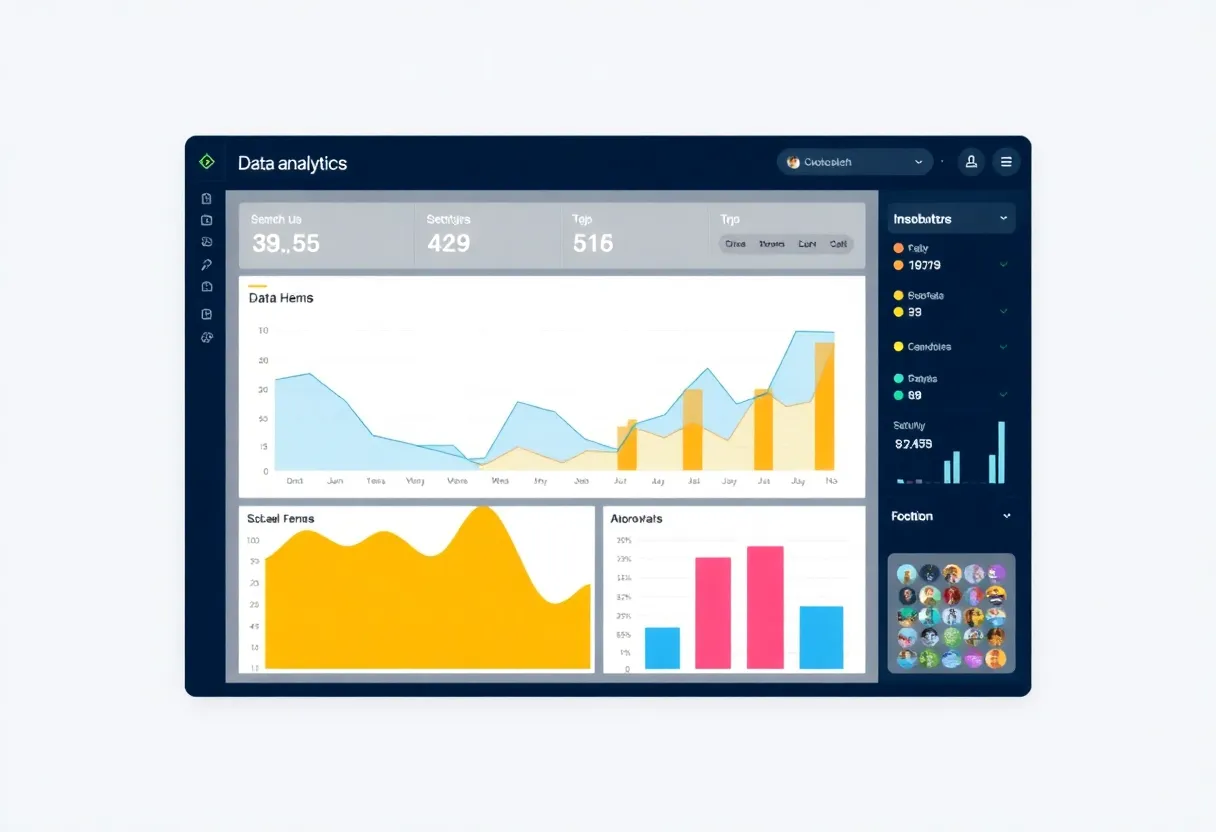How Can You Use Behavioral Targeting to Increase Your Digital Marketing Effectiveness?
Behavioral targeting is an advanced digital marketing approach that allows brands to track and analyze user behaviors online. By leveraging this data, marketers can tailor their advertising strategies to meet individual consumer needs. This article will explore how behavioral targeting can amplify your digital marketing effectiveness, provide insights into its implementation, and discuss potential challenges along the way.
Understanding Behavioral Targeting
Behavioral targeting focuses on gathering data regarding users’ online activities. This can include the websites they visit, the content they engage with, their purchasing history, and even their interactions on social media. By analyzing this data, marketers can create more personalized experiences that resonate with consumers.
The Importance of Personalization
In today’s competitive digital landscape, personalization has become crucial. Consumers increasingly expect brands to understand their preferences and cater to their needs. The more personalized the marketing, the more likely it is to convert. Behavioral targeting allows brands to segment users based on their behavior, ensuring a relevant marketing approach that leads to higher engagement rates.
Key Components of Behavioral Targeting
Data Collection Methods
To effectively utilize behavioral targeting, it’s essential to implement robust data collection methods. Common techniques include:
- Cookies: Small text files stored on users’ devices that track online behavior.
- Tracking Pixels: Invisible images embedded in emails or web pages that monitor user behavior.
- User Account Information: Data collected when users create accounts or log in on a website.
Segmentation Techniques
Once data is collected, the next step is segmentation. Proper segmentation enables marketers to categorize users into specific groups based on similar behaviors or interests. Some effective segmentation techniques include:
- Demographic Segmentation: Grouping users based on age, gender, location, etc.
- Psycho-graphic Segmentation: Understanding consumer interests, values, and lifestyles.
- Behavioral Segmentation: Evaluating user actions such as purchase history or site interactions.
Applying Behavioral Targeting in Digital Marketing
Tailored Advertising Campaigns
One of the most direct ways to use behavioral targeting is through tailored advertising campaigns. By analyzing user behavior, brands can create targeted ads that reflect users’ interests. For instance:
- If a user frequently visits travel websites, displaying travel-related ads will likely yield better results.
- If a customer recently purchased hiking gear, showing related products like camping equipment can encourage further purchases.
Email Marketing Strategy
Email marketing is a potent tool enhanced by behavioral targeting. Marketers can segment their email lists based on user behavior, leading to more effective campaigns. For example:
- Send emails to users who have abandoned their carts, reminding them of their selected products.
- Offer exclusive deals to users who frequently engage with specific content.
Content Personalization
Another significant benefit of behavioral targeting is the ability to personalize content on websites. By analyzing visitor behavior, brands can:
- Recommend products based on past purchases.
- Display tailored blog articles aligning with users’ interests.
The Role of Analytics
Measuring Success
Analytics tools are crucial for measuring the success of behavioral targeting. By tracking key performance indicators (KPIs) such as click-through rates, conversion rates, and customer engagement, marketers can identify what works and what does not. This data can then be used to refine strategies for better future performance.
A/B Testing
A/B testing is another essential component for validating campaigns leveraging behavioral targeting. By testing different ad copies, email formats, or landing pages on segmented audiences, marketers can pinpoint the most effective approaches without making sweeping changes. This minimizes risk and maximizes learning.
Challenges and Considerations
Privacy Concerns
As behavioral targeting relies heavily on data collection, privacy issues are a significant concern. Users are becoming more cautious about sharing personal information. Therefore, brands must prioritize transparent data practices. It’s essential to:
- Provide clear information on data collection methods.
- Offer opt-out options for users who do not wish to participate in tracking.
Data Accuracy
A successful behavioral targeting strategy relies on accurate data. Inaccurate data can lead to misguided marketing efforts, ultimately wasting resources. Brands should regularly audit their data collection practices to ensure:
- Data is clean and free of duplicates.
- Analytics tools are correctly integrated and functioning.
Ad Fatigue
Another challenge facing marketers is ad fatigue. Continuous exposure to the same ads can lead to users ignoring them altogether. To combat this issue, marketers should:
- Regularly refresh ad creatives.
- Limit the frequency of ad exposure to avoid overwhelming users.
The Future of Behavioral Targeting
As technology advances, so does the potential for behavioral targeting. Emerging trends include:
- AI and Machine Learning: These technologies will further enhance data analysis, allowing for more refined targeting strategies.
- Increased Focus on User Experience: The future will likely stress the importance of creating positive user experiences while implementing targeting strategies.
- Cross-Device Targeting: Marketers will increasingly be able to track user behavior across multiple devices for a holistic understanding of consumer habits.
Conclusion
Behavioral targeting is an exceptional tool for increasing digital marketing effectiveness. By understanding user behaviors, creating tailored campaigns, and measuring outcomes through analytics, brands can enhance their engagement and conversion rates. However, it is also crucial to remain aware of challenges surrounding privacy and data accuracy. By navigating these considerations, businesses can reap substantial benefits from an intelligent behavioral targeting strategy.








